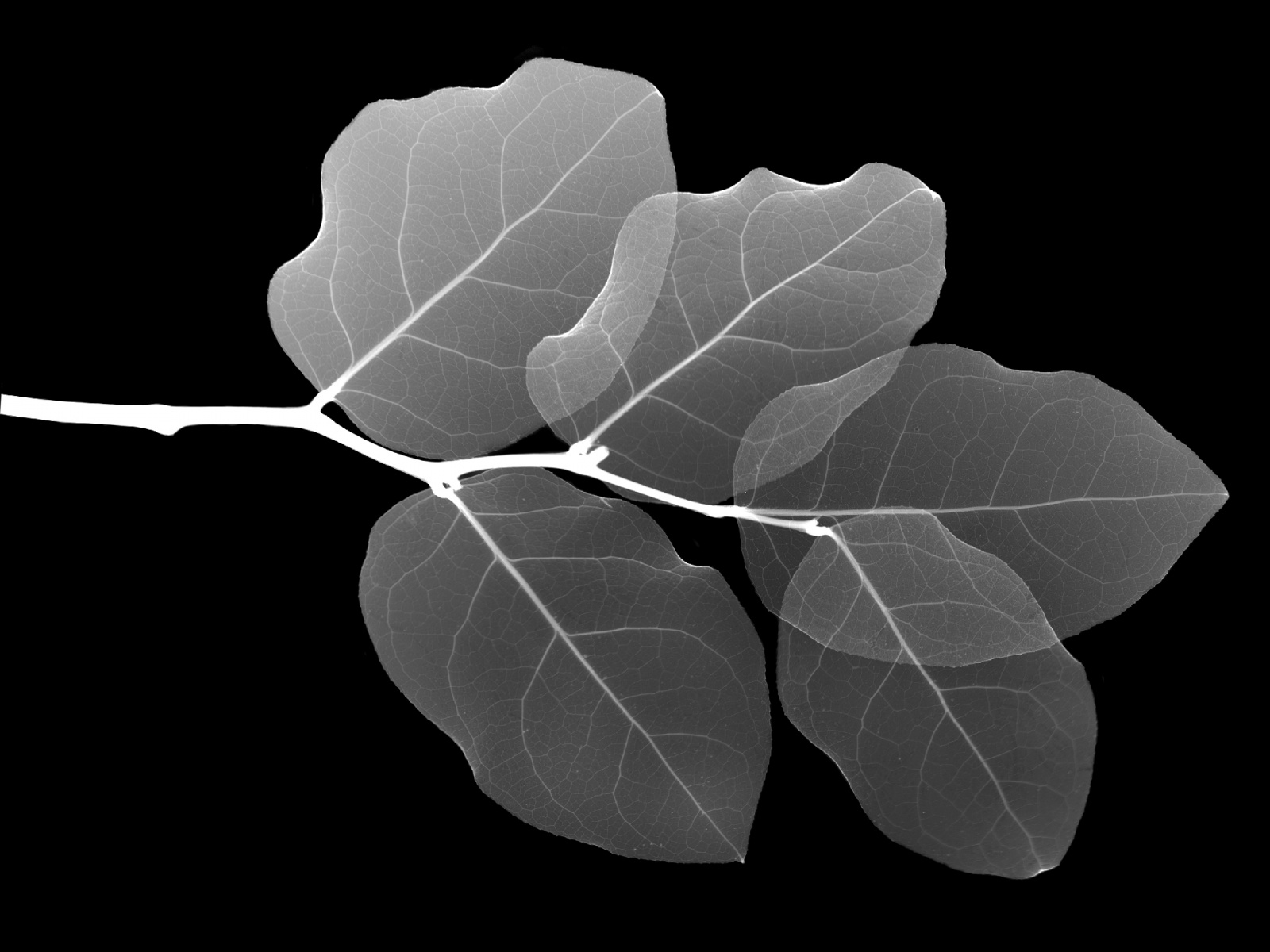Implications of introducing realistic fire response traits in a Dynamic Global Vegetation Model
Bark thickness is a key trait protecting woody plants against fire damage, while the ability to resprout is a trait that confers competitive advantage over non-resprouting individuals in fire-prone landscapes. Neither trait is well represented in fire-enabled dynamic global vegetation models (DGVMs). Here we describe a version of the Land ...
Using plant functional traits to predict ecosystem vulnerability to changing fire regimes
Australia lacks a coherent approach for synthesizing plant functional traits to predict the response of ecosystems to changing fire regimes. Large plant community datasets already exist for major ecosystems in Australia, from rainforests to deserts. This working group aimed to attribute species into fire persistence groups, with the objective of ...
Large inert carbon pool in the terrestrial biosphere during the Last Glacial Maximum
During each of the late Pleistocene glacial–interglacial transitions, atmospheric carbon dioxide concentrations rose by almost 100 ppm. The sources of this carbon are unclear, and efforts to identify them are hampered by uncertainties in the magnitude of carbon reservoirs and fluxes under glacial conditions. Here we use oxygen isotope ...
LPX
Four CO2 concentration inversions and the Global Fire Emissions Database (GFED) versions 2.1 and 3 are used to provide benchmarks for climate-driven modeling of the global land-atmosphere CO2 flux and the contribution of wildfire to this flux. The Land surface Processes and exchanges (LPX) model is introduced. LPX is ...
« Page 2 / 2
